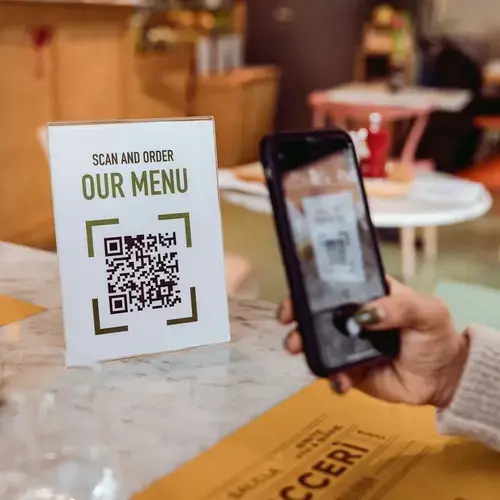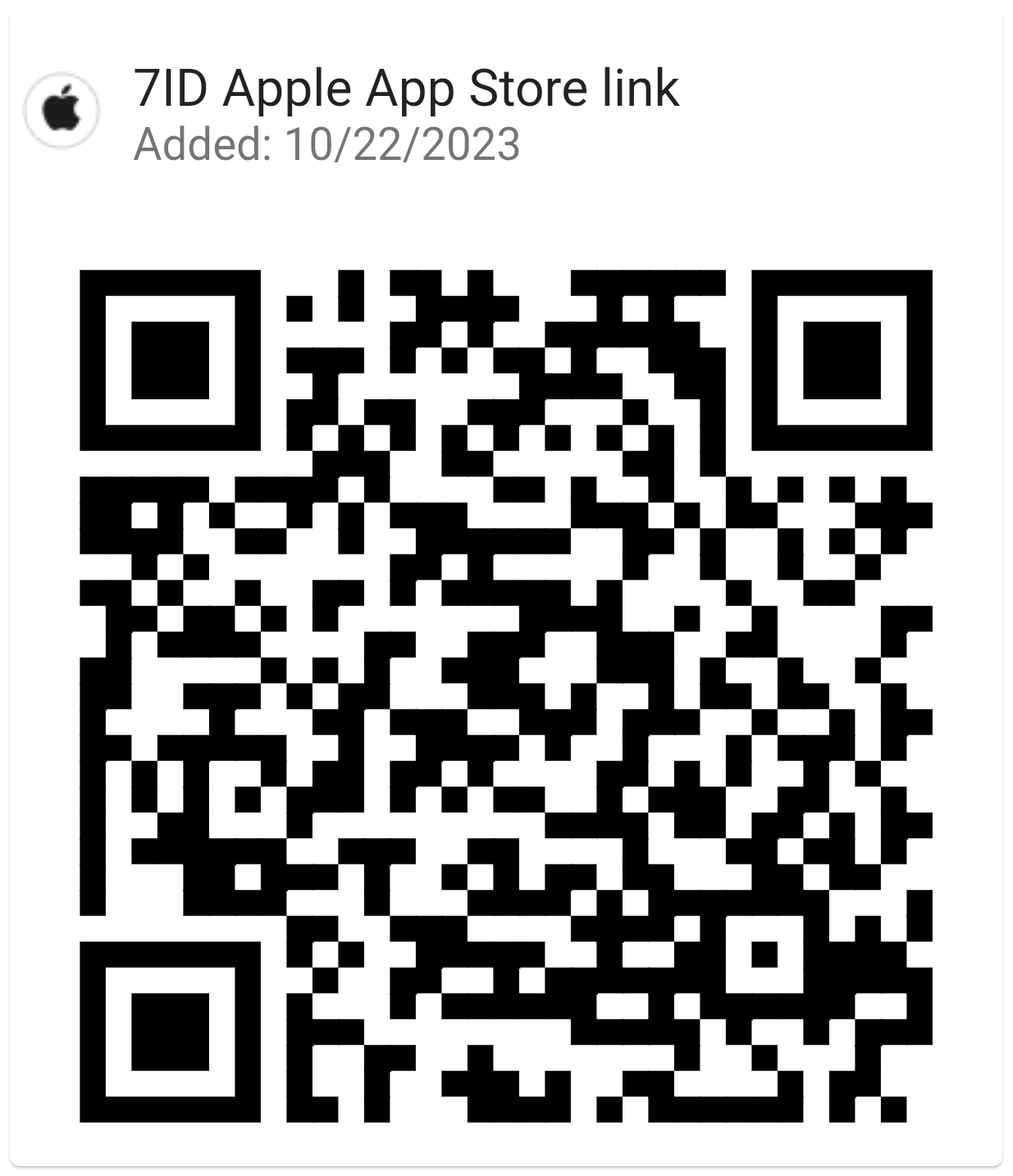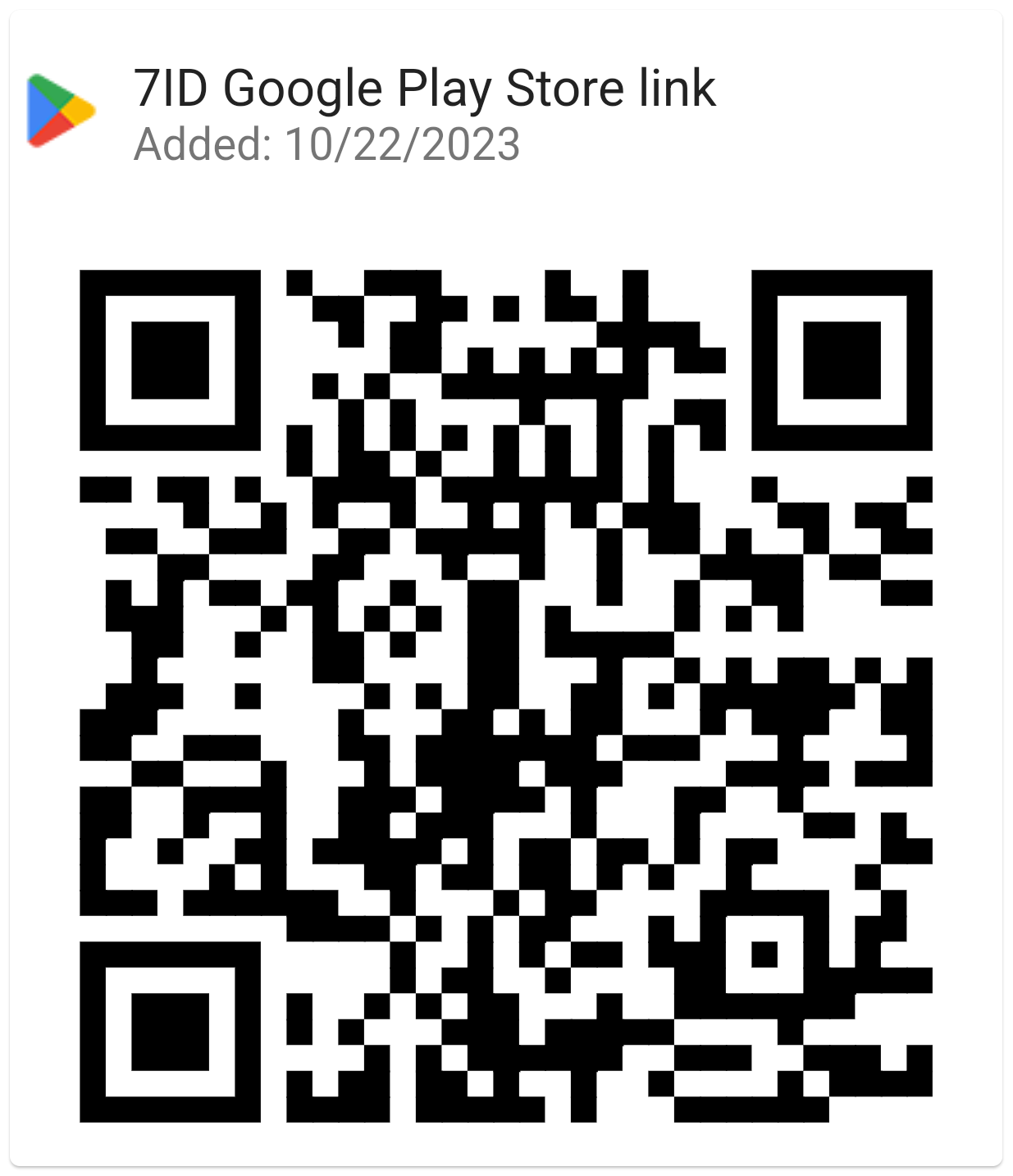What Is A QR Code, And How Does It Work?
QR codes have long been organically integrated into various aspects of our daily lives, simplifying many digital processes. But have you ever wondered when QR codes were invented? And what is the history of QR codes?
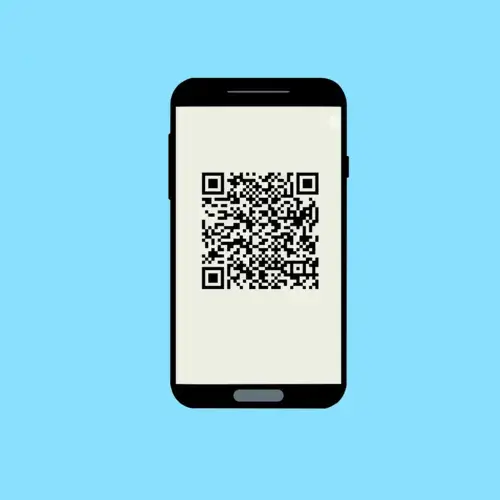
Read on to learn all about QR codes, how long QR codes have been around, how they work, and how you can use them in your everyday life.
Table of contents
- What does QR code stand for?
- Where did QR codes originally come from and for which industry?
- When did QR codes become popular?
- How to generate QR code on your own? 7ID app
- How do QR codes work?
- QR code usage in daily life: helpful tips
What Does QR Code Stand for?
“QR” is short for Quick Response. True to their name, QR codes provide instant access to information with a simple scan. Unlike traditional barcodes, which store data in a horizontal pattern and are limited in capacity, QR codes are two-dimensional, allowing them to carry a wealth of information both horizontally and vertically. This can include URLs, text, or even geolocation data.
QR codes can be scanned using a smartphone camera or a dedicated QR scanning app, providing an instant connection to a variety of digital content.
Where did QR Codes Originally Come From, and for Which Industry?
So, who invented the QR code? And when did QR codes come out? Tracing the roots of QR codes takes us back to Japan in 1994, to the company Denso Wave, closely associated with Toyota. The QR code inventor was an engineer at Denso Wave — Masahiro Hara. The first QR code design was inspired by the black and white pieces of the board game Go. Born out of necessity, QR codes were developed as a new way to label and scan automobile parts on the factory floor quickly. This innovation provided a much-needed alternative to traditional bar codes, which could not keep up with Toyota's inventory management needs.
Initially limited to the automotive industry, the efficiency and versatility of the QR code couldn't remain a trade secret for long. Denso Wave decided to share this technology with the world rather than limit its use through patents. As a result, QR codes have been seamlessly integrated into various industries, transforming how businesses and consumers interact worldwide.
When did QR Codes Become Popular?
QR codes steadily gained traction in various industries after their inception, but their real moment in the spotlight came with the widespread adoption of smartphones. The early 2010s marked a significant turning point, as smartphone cameras began to include built-in QR code scanning capabilities.
However, it was the unforeseen global circumstances of 2020 that truly catapulted QR codes into ubiquity. The COVID-19 pandemic forced businesses and individuals to seek contactless alternatives for interactions and transactions, making QR codes invaluable. From restaurant menus to ticketing and check-in, QR codes became a symbol of secure and fast access, cementing their place in our digital lexicon.
How to Generate QR Code on Your Own? 7ID App

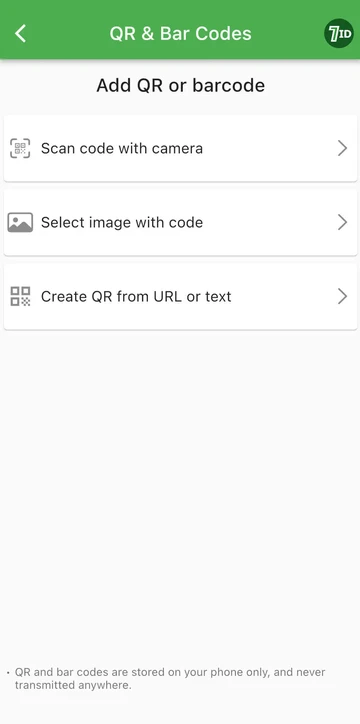
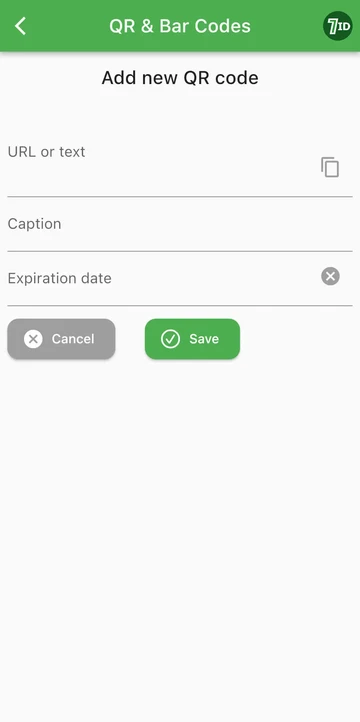
With 7ID App, you can easily create QR codes and store them securely at your fingertips.
Whether you want to encode a website link or some important text, here is how QR code is generated with 7ID:
- First, download the 7ID app from the App Store or Google Play.
- Open the 7ID App and go to the “QR & Barcodes” feature.
- Tap the “New Code” button to start creating a new QR code.
- Select the “Create QR From URL Or Text” option to start.
- Prepare the link or text you want to encode and have it ready to copy.
- Paste your chosen information into the provided “URL or text” field.
- Add a label to your QR code. This will help you quickly identify and access it later.
- Optionally, you can set an expiration date for the QR code.
- Click “Save” to finish, and 7ID will generate a sharp, full-screen QR code for the information you've entered. All of your created QR codes will be conveniently stored within the app, so you can easily view or share them directly from 7ID whenever you need.
For users who manage multiple codes, such as loyalty cards or discount coupons, 7ID provides a handy solution.
How do QR Codes Work?
How are QR codes made? At their core, QR codes are made up of data encoded into a matrix of black squares on a white background. But how does a QR code scanner work? When you scan a code using your smartphone's camera or a dedicated app, this pattern is decoded into scanner-readable information. This encoded data can direct users to a website, display a message, save a contact, or even connect to a Wi-Fi network, among countless other actions.
The beauty and complexity of QR codes lie in their error correction capabilities: even if part of the code is damaged or obscured, the remaining data can still be interpreted. This robustness, combined with the ease of creation and scanning, accounts for their widespread adoption and versatility.
QR Code Usage in Daily Life: Helpful Tips
QR codes have become a part of our everyday lives, providing quick access to many tasks and sources of information. Here are some tips on how to get the most out of QR codes:
Contactless transactions: Use QR codes to make payments or transfers. Many banking apps now support scanning QR codes for quick payments, reducing the need for physical cards or cash.
Quick access to information: Museums, historic sites, and parks often use QR codes to give visitors instant access to rich information about exhibits or locations, enriching the educational experience.
Simplified networking: Sharing a digital business card with a QR code can simplify the process of sharing contact information. Create a QR code with a link to your professional profile or contact information and include it in your email signature or on your business card.
Home Wi-Fi access: Generate a QR code for your home Wi-Fi network so guests can easily connect to it without entering a password. It's a simple touch that enhances the guest experience.
Home organization: Create a more efficient and organized living space by using QR codes to label storage and moving boxes, organize digital photos, and more.
Event ticketing and check-in: From boarding passes to event tickets, QR codes provide a seamless check-in process that reduces wait times and eliminates the need for physical documents.
Scan, generate, and save QR codes easily with 7ID!
Read more:
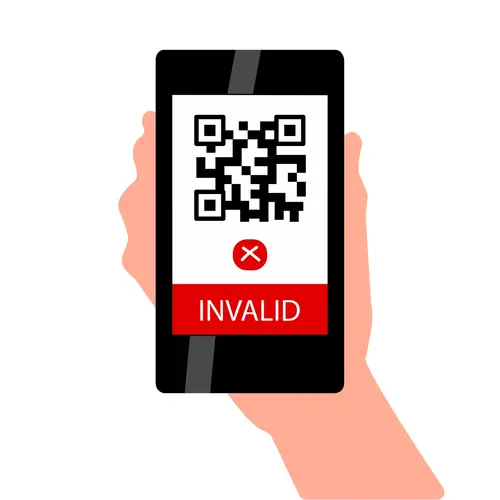
QR Code Is Not Working. What To Do If You Can’t Scan QR Code
Read the article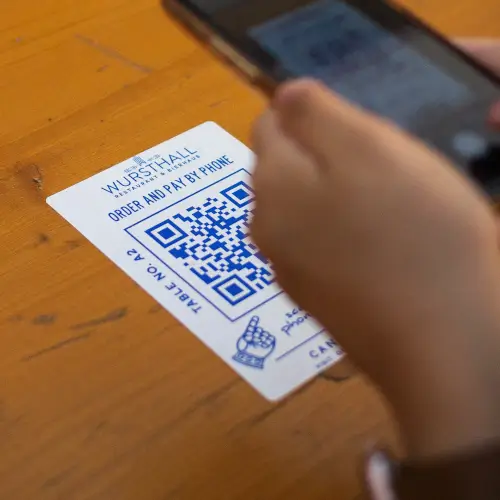
Decoding QR Code Size: Minimum and Maximum Dimensions for Optimal Scanning
Read the article